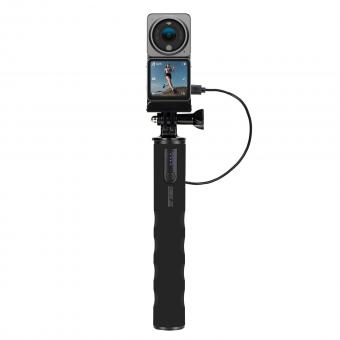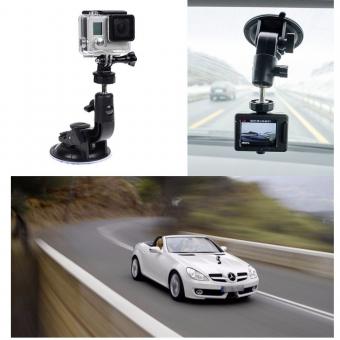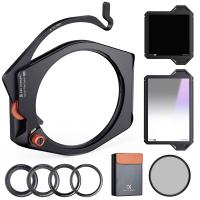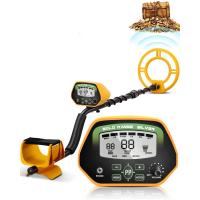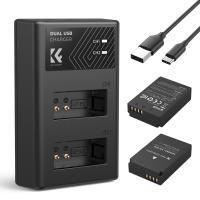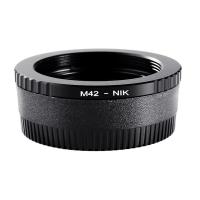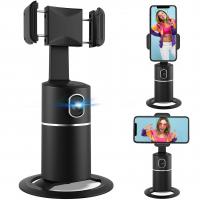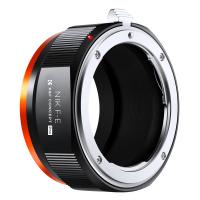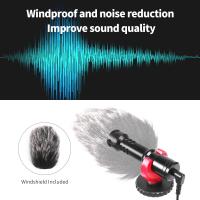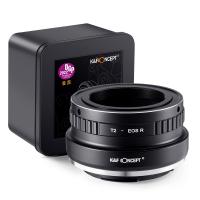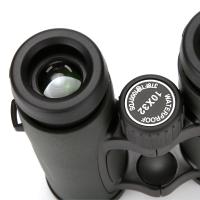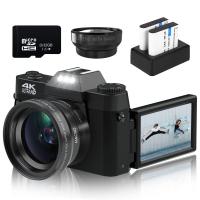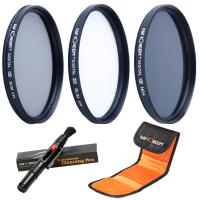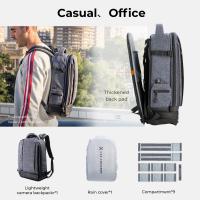How To Make Microscope With Cardboard ?
To make a microscope with cardboard, you will need a few materials such as a small piece of cardboard, a small glass or plastic lens, a small LED light, a small piece of aluminum foil, and some tape or glue. Start by cutting a small rectangular piece of cardboard and fold it in half to create a sturdy base. Attach the lens to one end of the cardboard using tape or glue, making sure it is securely in place. Cut a small hole in the center of the other end of the cardboard and attach the LED light behind it using tape or glue. Place a small piece of aluminum foil over the hole to act as a slide holder. Now, you can place small objects or specimens on the aluminum foil and look through the lens to observe them. Adjust the distance between the lens and the object to focus the image. The LED light will provide illumination for better visibility. Remember, this homemade microscope may not provide high magnification or resolution like a professional microscope, but it can still be a fun and educational tool for basic observations.
1、 Materials Needed for Building a Cardboard Microscope
Materials Needed for Building a Cardboard Microscope:
1. Cardboard: You will need a sturdy piece of cardboard to serve as the base and frame of the microscope. Ensure that it is thick enough to provide stability.
2. Lenses: Acquire a convex lens and a concave lens. These can be found in old cameras, binoculars, or purchased online. The convex lens will be used as the objective lens, while the concave lens will act as the eyepiece.
3. LED Light: A small LED light source will be necessary to illuminate the specimen being observed. This can be a small flashlight or a LED strip.
4. Small Mirror: A small mirror will be used to reflect light onto the specimen. This can be obtained from an old compact mirror or purchased separately.
5. Rubber Bands: These will be used to hold the lenses in place and provide flexibility for focusing.
6. Craft Knife and Scissors: These tools will be needed to cut and shape the cardboard.
7. Glue or Tape: Use either glue or tape to secure the various components together.
Building a Cardboard Microscope:
1. Begin by cutting the cardboard into the desired shape and size for the base and frame of the microscope. Ensure that it is sturdy enough to hold the lenses and other components securely.
2. Cut a small hole in the center of the base to hold the objective lens. Secure the convex lens in place using rubber bands, ensuring that it is positioned at the correct distance from the specimen.
3. Attach the concave lens to the top of the frame, creating the eyepiece. Again, use rubber bands to hold it in place.
4. Position the LED light source underneath the base, ensuring that it shines directly onto the specimen. Use the small mirror to reflect the light onto the specimen, enhancing visibility.
5. Secure all the components together using glue or tape, ensuring that they are aligned properly.
6. Test the microscope by placing a specimen on the base and adjusting the focus by moving the lenses closer or further apart.
It is important to note that a cardboard microscope may not provide the same level of magnification and clarity as a professional microscope. However, it can still be a fun and educational tool for basic observations and experiments.
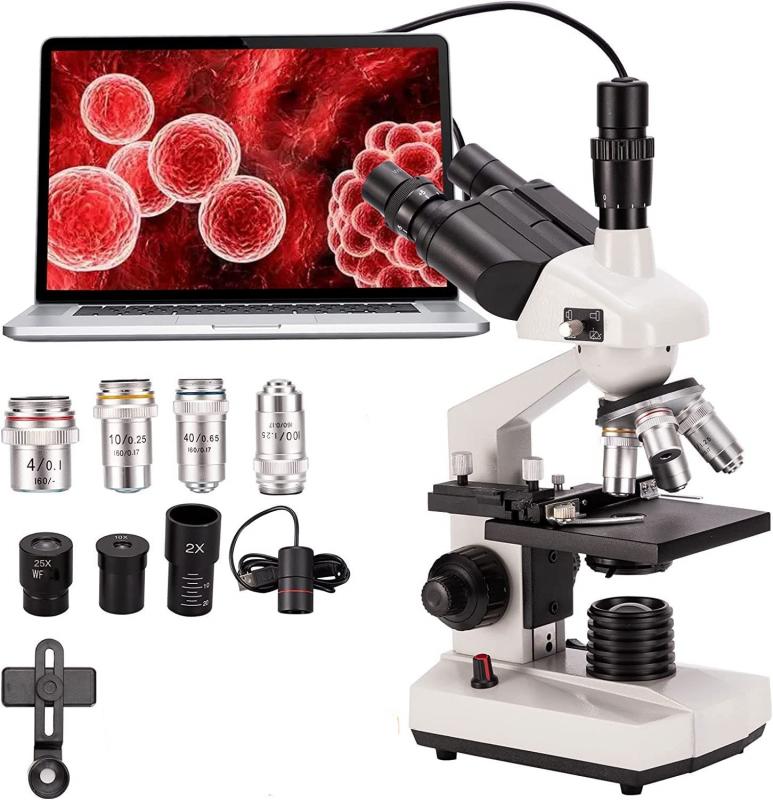
2、 Assembly Instructions for Constructing a Functional Cardboard Microscope
Assembly Instructions for Constructing a Functional Cardboard Microscope
Making a microscope with cardboard is a fun and educational project that can be done at home. With a few simple materials and some basic tools, you can create a functional microscope that allows you to explore the microscopic world. Here is a step-by-step guide on how to make a microscope with cardboard:
1. Gather the materials: You will need a sturdy piece of cardboard, a small glass lens, a small LED light, a battery, some wires, and basic tools like scissors, glue, and tape.
2. Cut out the base: Start by cutting out a rectangular piece of cardboard to serve as the base of your microscope. Make sure it is large enough to hold the lens and the LED light.
3. Create the lens holder: Cut out a small circular hole in the center of the base to hold the lens. Glue or tape the lens securely in place.
4. Attach the LED light: Cut out a small rectangular piece of cardboard to serve as the holder for the LED light. Attach the light to the holder using glue or tape, and then attach the holder to the base.
5. Connect the wires: Connect the wires from the LED light to the battery to power the light. Make sure the wires are securely attached and insulated.
6. Fine-tune the focus: Adjust the position of the lens and the LED light to achieve the desired focus. You can move them closer or farther away from the base to get a clear image.
7. Test your microscope: Place a small object, such as a leaf or a hair, on the base and turn on the LED light. Look through the lens and adjust the focus until you can see the object clearly.
Remember, this homemade cardboard microscope may not provide the same level of magnification and clarity as a professional microscope. However, it can still be a great tool for exploring the microscopic world and learning about science. Enjoy your DIY microscope and have fun discovering the hidden wonders around you!
Please note that this information is accurate as of the time of writing, and it is always recommended to consult additional sources or seek expert advice for the latest information and advancements in microscope technology.
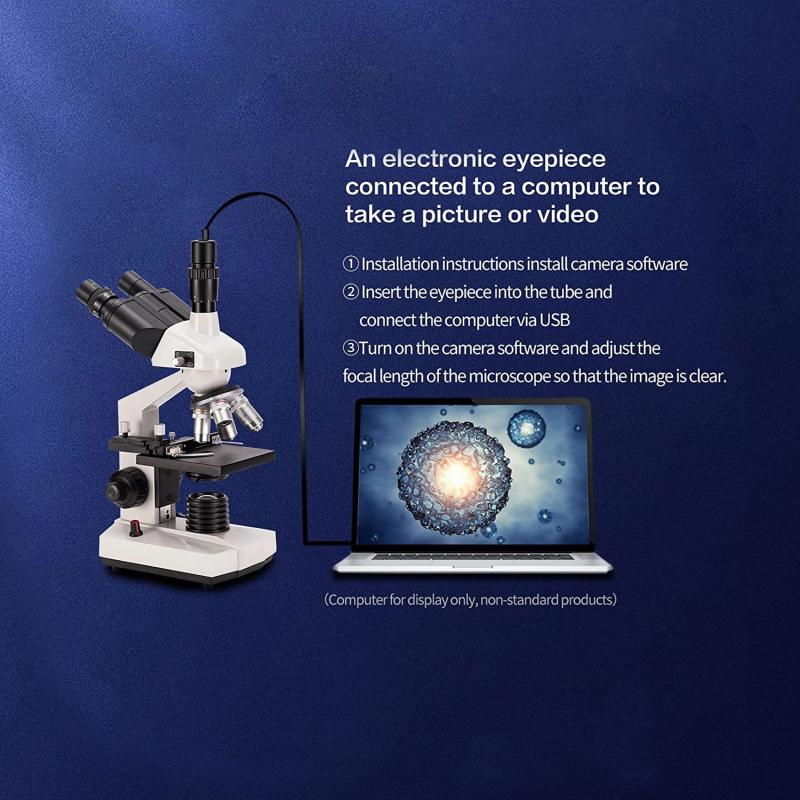
3、 Tips for Enhancing the Optics and Performance of a Cardboard Microscope
Tips for Enhancing the Optics and Performance of a Cardboard Microscope
Making a microscope with cardboard is a fun and educational project that can be done at home. While a cardboard microscope may not have the same level of magnification as a professional microscope, there are several tips that can help enhance its optics and performance.
1. Use a high-quality lens: The lens is the most important component of a microscope. Look for a lens with a high magnification power and good optical quality. You can find affordable lenses online or repurpose lenses from old cameras or binoculars.
2. Improve lighting: Adequate lighting is crucial for clear and detailed observations. Consider adding an LED light source to your cardboard microscope. This will provide a bright and even illumination, allowing you to see the specimen more clearly.
3. Reduce vibrations: Vibrations can affect the stability of your microscope and make it difficult to focus on the specimen. To minimize vibrations, place your cardboard microscope on a stable surface and avoid touching it while observing.
4. Enhance the stage: The stage is where you place the specimen for observation. To improve the stage, add a thin glass slide or a transparent plastic sheet. This will provide a flat and smooth surface for the specimen, allowing for better focus and clarity.
5. Experiment with different specimens: A cardboard microscope can be used to observe a wide range of specimens, from plant cells to microorganisms. Experiment with different specimens to explore the capabilities of your microscope and learn more about the microscopic world.
Remember, a cardboard microscope is a DIY project and may not have the same level of performance as a professional microscope. However, with these tips, you can enhance its optics and performance to get the most out of your homemade microscope.
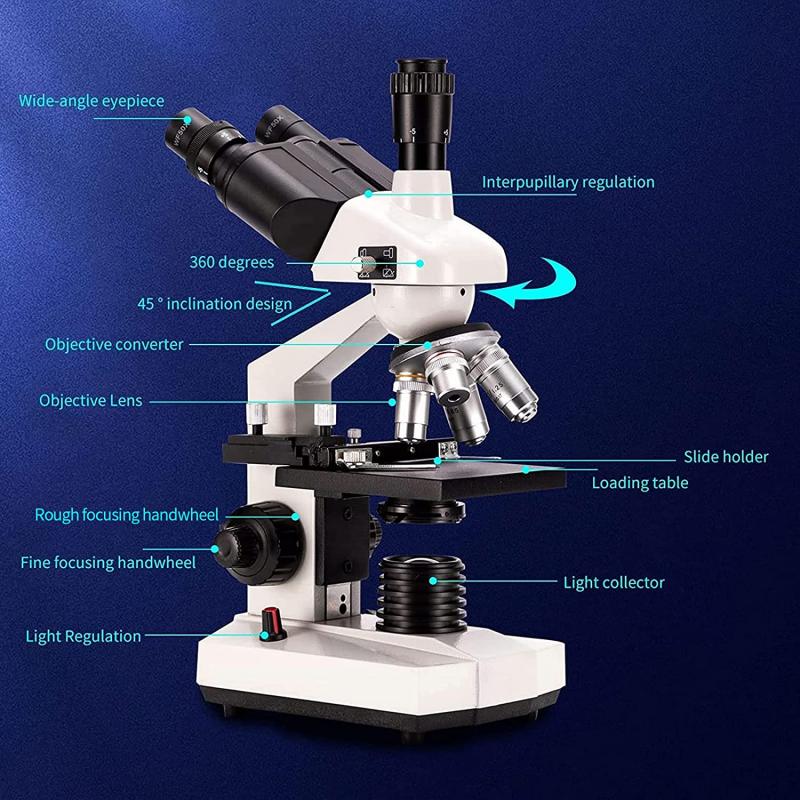
4、 Safety Precautions and Considerations when Using a Cardboard Microscope
Safety Precautions and Considerations when Using a Cardboard Microscope
Using a cardboard microscope can be a fun and educational activity, but it is important to take certain safety precautions and considerations to ensure a safe and enjoyable experience. Here are some guidelines to follow:
1. Use clean and dry materials: Ensure that the cardboard used to construct the microscope is clean and dry. Moisture or dirt can affect the quality of the microscope and potentially damage the lenses.
2. Handle with care: Cardboard microscopes are not as sturdy as their professional counterparts, so it is important to handle them with care. Avoid dropping or mishandling the microscope to prevent any damage.
3. Avoid direct contact with eyes: While using the microscope, it is crucial to avoid direct contact between the lenses and your eyes. This can cause eye injuries or discomfort. Always use the eyepiece and focus the microscope properly before observing any specimens.
4. Use appropriate lighting: Adequate lighting is essential for proper observation. Ensure that the microscope is placed in a well-lit area or use an external light source to illuminate the specimen. Avoid using the microscope in dimly lit environments as it may strain your eyes.
5. Clean the lenses: Regularly clean the lenses of the microscope to maintain clear and accurate observations. Use a soft, lint-free cloth or lens cleaning solution to gently wipe the lenses. Avoid using abrasive materials that can scratch the lenses.
6. Supervise children: If children are using the cardboard microscope, adult supervision is recommended. Ensure that they understand the proper handling and usage of the microscope to prevent accidents or damage.
7. Dispose of properly: If the cardboard microscope becomes damaged or unusable, dispose of it properly. Recycle the cardboard or dispose of it in accordance with local waste management guidelines.
It is important to note that a cardboard microscope may not provide the same level of magnification and clarity as a professional microscope. However, it can still be a valuable tool for basic observations and learning about microscopy. Always follow the manufacturer's instructions and exercise caution when using any type of microscope, including cardboard ones.












